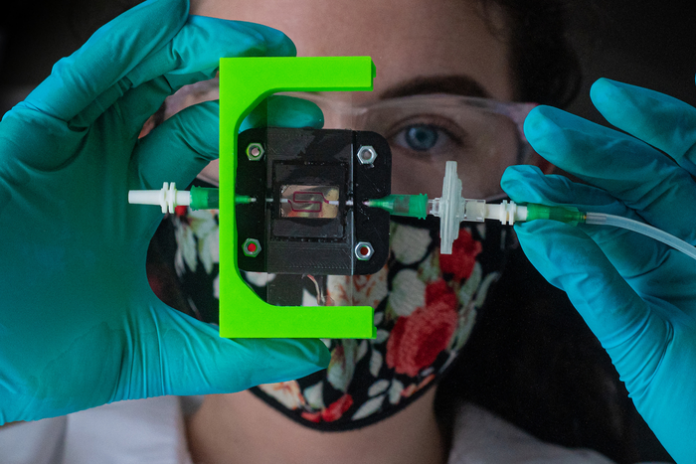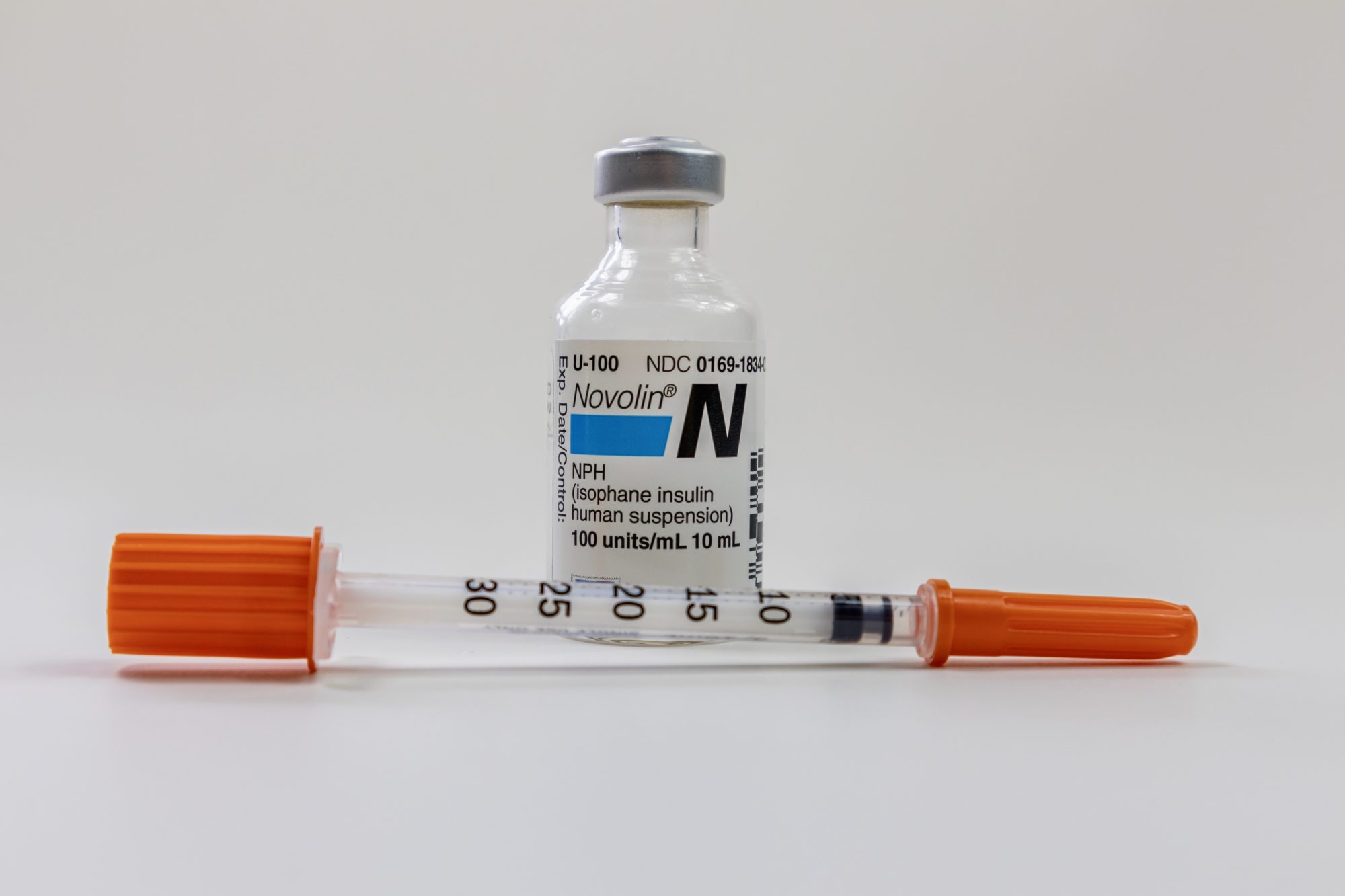
Bioengineers at the Rice University are working on an insulin implant, which could theoretically make insulin for people with Type 1 diabetes
The goal of the study is to show that these insulin-implants could potentially regulate blood glucose levels of diabetic mice for at least six months, which would mean huge strides for how humans medicate their Type 1 diabetes. The three-year project is a partnership between the laboratories of Omid Veiseh and Jordan Miller that’s supported by a grant from JDRF.
“If we really want to recapitulate what the pancreas normally does, we need vasculature,” commented Veiseh.
“And that’s the purpose of this grant with JDRF. The pancreas naturally has all these blood vessels, and cells are organized in particular ways in the pancreas. Jordan and I want to print in the same orientation that exists in nature.”
What exactly is Type 1 diabetes?
Type 1 diabetes is an autoimmune disease that causes the pancreas to stop producing insulin, the hormone that controls blood-sugar levels.
About 1.6 million Americans live with Type 1 diabetes, and more than 100 cases are diagnosed each day. Type 1 diabetes can be managed with insulin injections. But balancing insulin intake with eating, exercise and other activities is difficult. Some studies believe that fewer than one-third of Type 1 diabetics in the US consistently achieve target blood glucose levels.
‘Implanted cells in close proximity’
“We must get implanted cells in close proximity to the bloodstream so beta cells can sense and respond quickly to changes in blood glucose,” Miller said.
“We’re using a combination of pre-vascularization through advanced 3D bioprinting and host-mediated vascular remodeling to give each implant several shots at host integration.”
The insulin-producing cells will be protected with a hydrogel formulation developed by Veiseh, who is also a Cancer Prevention and Research Institute of Texas Scholar.

The hydrogel material, which has proven effective for encapsulating cell treatments in bead-sized spheres, has pores small enough to keep the cells inside from being attacked by the immune system but large enough to allow passage of nutrients and life-giving insulin.








I can’t even count how many times I’ve seen my life and throughout the years all of this news about a new cure scientist’s are working for but we the patients NEVER see something change in our lifes only on the news….
I guess the big pharma companies dont want to release a cure to Diabetics.
I have been diabetic for many years according to my wife. I say according to my wife because I recently had brain damage and was unconscious for almost a month in the hospital which according to my wife and doctors was in part to my passing out from hypoglycemia. Who do I need to talk to about this research and new treatment or cure?